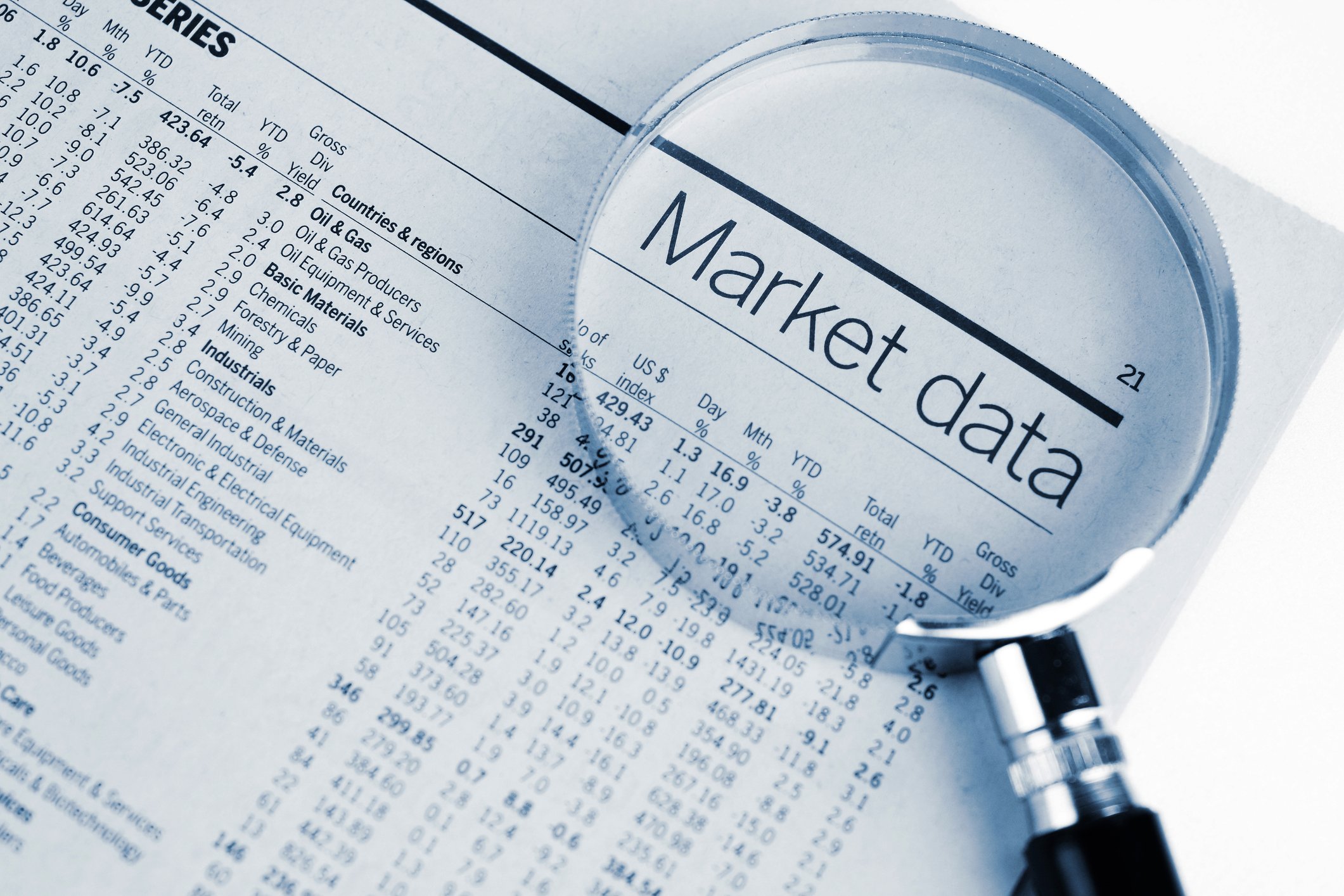
Image source: Flickr user thetaxhaven, republished under CC BY 2.0.
U.S. stocks were lower on Friday, with the S&P 500 (^GSPC +0.32%) and the Dow Jones Industrial Average (^DJI +0.60%) (DJINDICES: $INDU) down 1.13% and 0.85%, respectively, at 3:20 p.m. EDT. It's not this week that the S&P 500 will make a new high, but the bulls made a good run at it. The index this week recorded its first closing values -- three of them -- within 1% of its May 2015 all-time (nominal) high since early November.
The European Bank that beats Goldman Sachs
The Financial Times' Lex column sounded a negative note for European investment banks, specifically naming Barclays plc, Credit Suisse AG, Deutsche Bank AG, and Societe Generale SA.
Beginning with the observation that the shares of all four banks trade at or less than 60% of their book value (for Deutsche, the ratio is less than a third!), Lex concludes that forecast average returns on tangible equity in the high single digits are "still below pre-crisis levels and substantially less their cost of equity -- reason enough to steer clear for now."
With all due respect to the fine people at Lex, I'm going to have to disagree with the statement: The only reason to steer clear of those shares is if you believe the returns on tangible equity will remain in the single digits indefinitely. If, on the other hand, returns eventually recover into double digits, it will be too late to buy the shares with the expectation of earning excess returns once they have done so, the stock market being forward-looking and all.
This column wrote positively about Swiss banks UBS Group AG and Credit Suisse on Feb. 11 -- the day on which world equity markets bottomed. Since then, the American Depositary Receipts have returned 9.4% and 8.2% -- not a bad result, but it falls significantly short of the MSCI World Index's 16.4% total return over the same period (16.5% for the S&P 500).
Still, one should not completely ignore Lex' warning, as it could take quite some time for those returns to hit double digits, which is sine qua non if the shares are to command a "normal" price-to-book multiple. Indeed, 10% is a critical threshold because analysts and investors typically use that value as a benchmark for large banks' cost of equity. A bank unable to earn its cost of equity does not deserve to trade at a premium to book value.
This brings me to what I believe is the best opportunity among European investment banks for conservative investors: UBS, which already earned a double-digit return on its common equity last year (comfortably so, at 11.7%). UBS's strategic shift in favor of wealth management and advisory work and out of more capital-intensive activities such as fixed-income trading appears to be paying dividends. For reference, the bank's return on equity in 2015 was more than four percentage points higher than Goldman Sachs', despite being less highly leveraged. With a Tier 1 common equity ratio of 16.9%, UBS's balance sheet looks like a model of conservatism (none of its peers boast a higher common equity ratio).
For over a decade, UBS strayed from Swiss bankers' image as conservative, even boring stewards of their clients' assets (and their shareholders' capital), but the bank has returned to its roots. That strategy is worth more than the one times book value at which the shares trade today.
Surprising numbers of the day
US banks routinely charge about 7 percent of money raised [in a US initial public offering], while European companies closer to 3 percent, according to a study from the Sad Business School." -- "Wall Street deal fees eclipse European rivals," Financial Times, June 10
Individual investors can stuff their cash into safe deposit boxes. [1 million pounds] should fit nicely into a a 40 litre box which is available for less than [1,000 pounds] a year -- or 0.1 per cent. Not surprisingly, economies of scale exist so paranoid multimillionaires can store larger amounts ever more cheaply. These approximate costs of storage imply that there is a limit to the policy of negative deposit rates. -- "Negative rates: Safe storage," Financial Times, June 10
(Note: According to Bloomberg, "[b]y mid-2016, some 500 million people in a quarter of the world economy were living with [official interest] rates in the red.")







